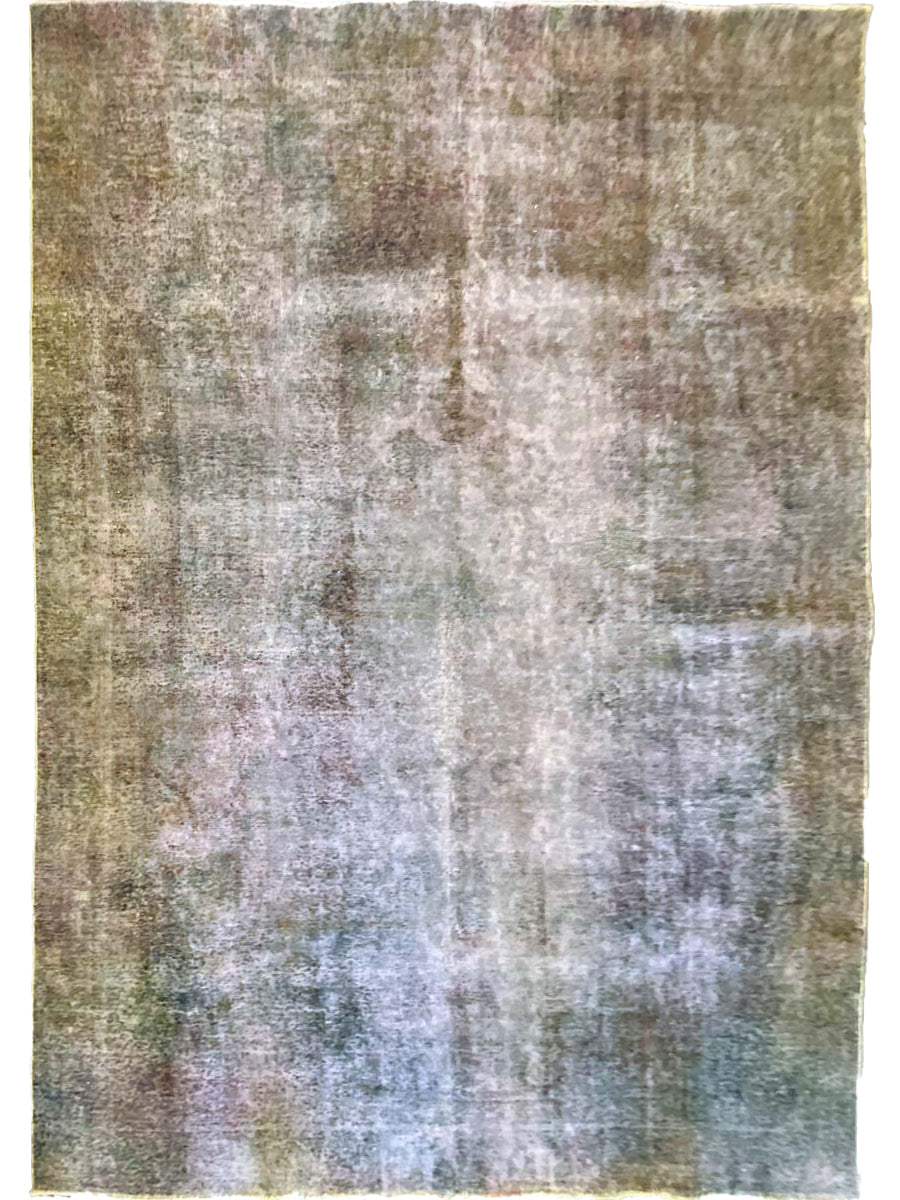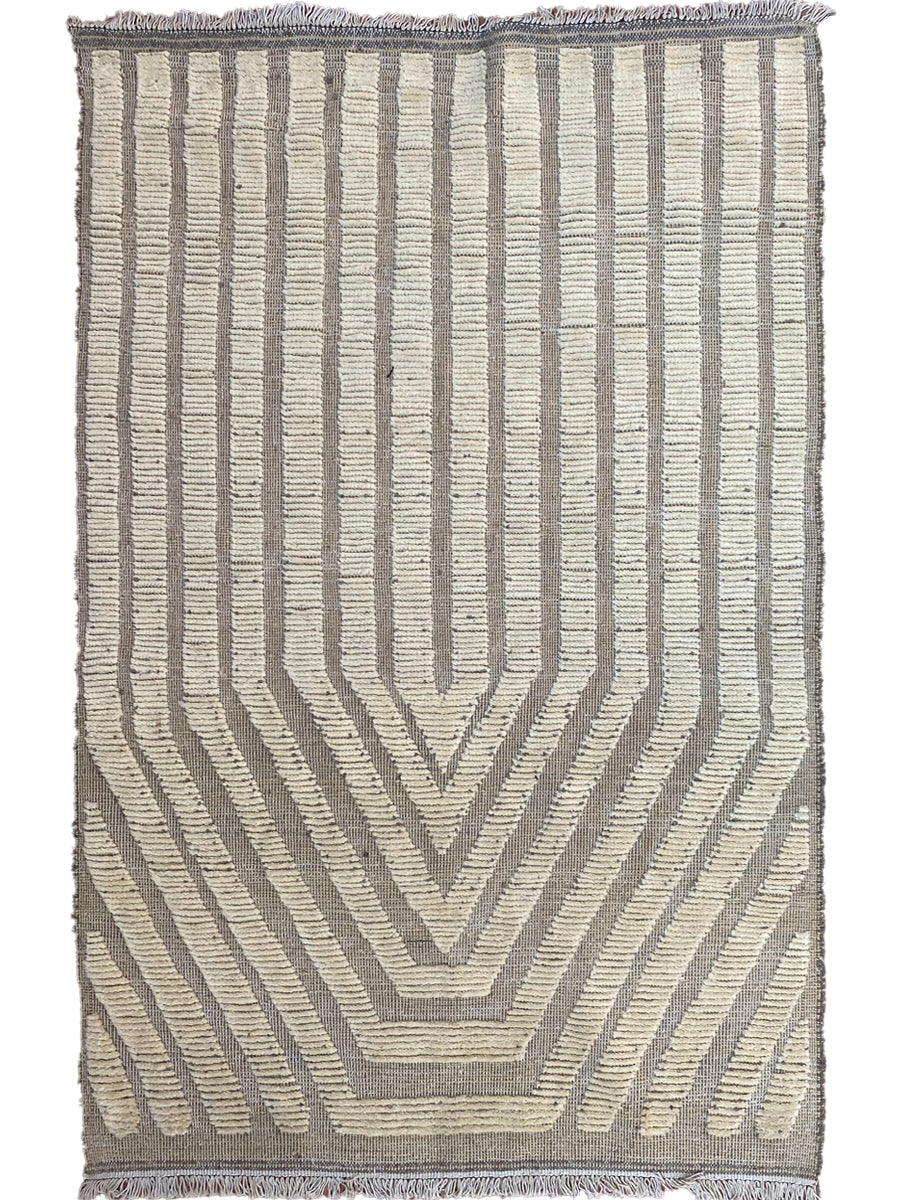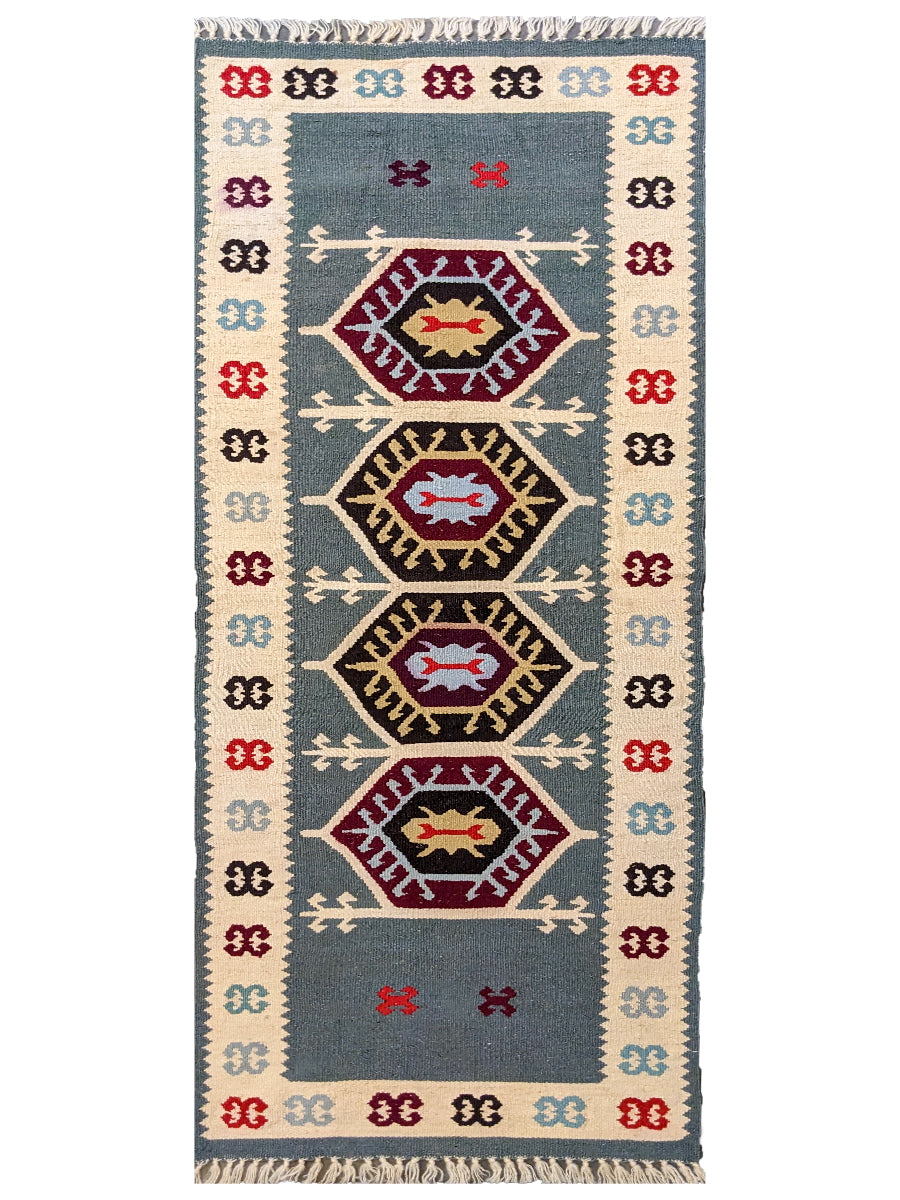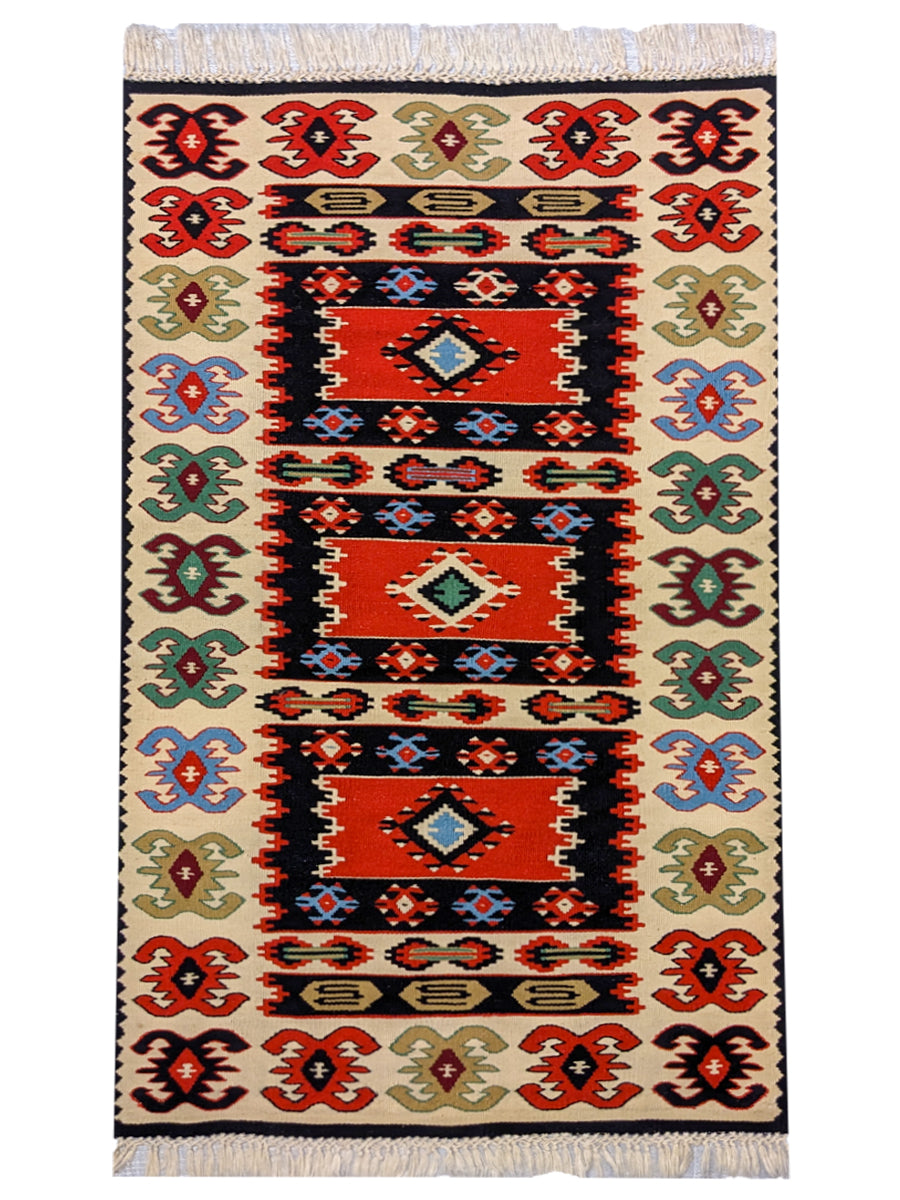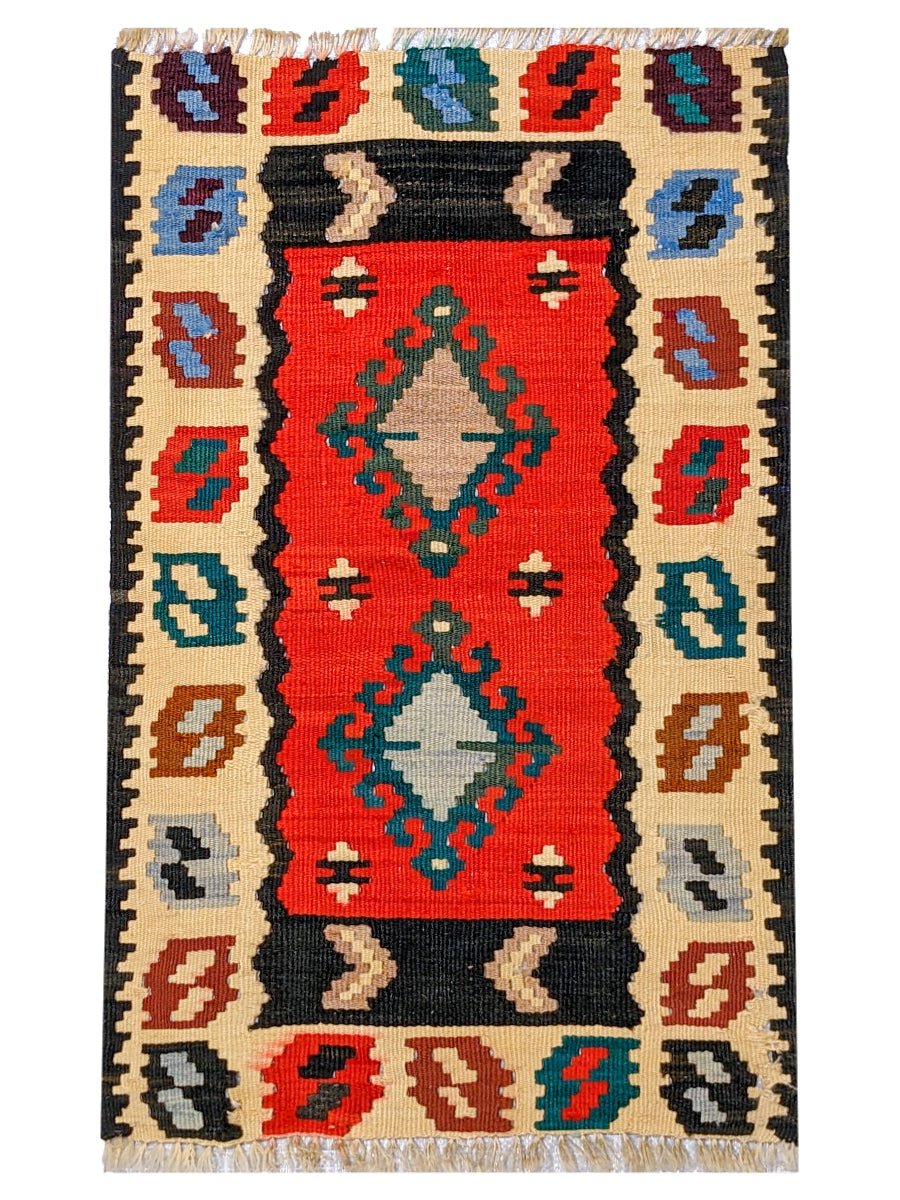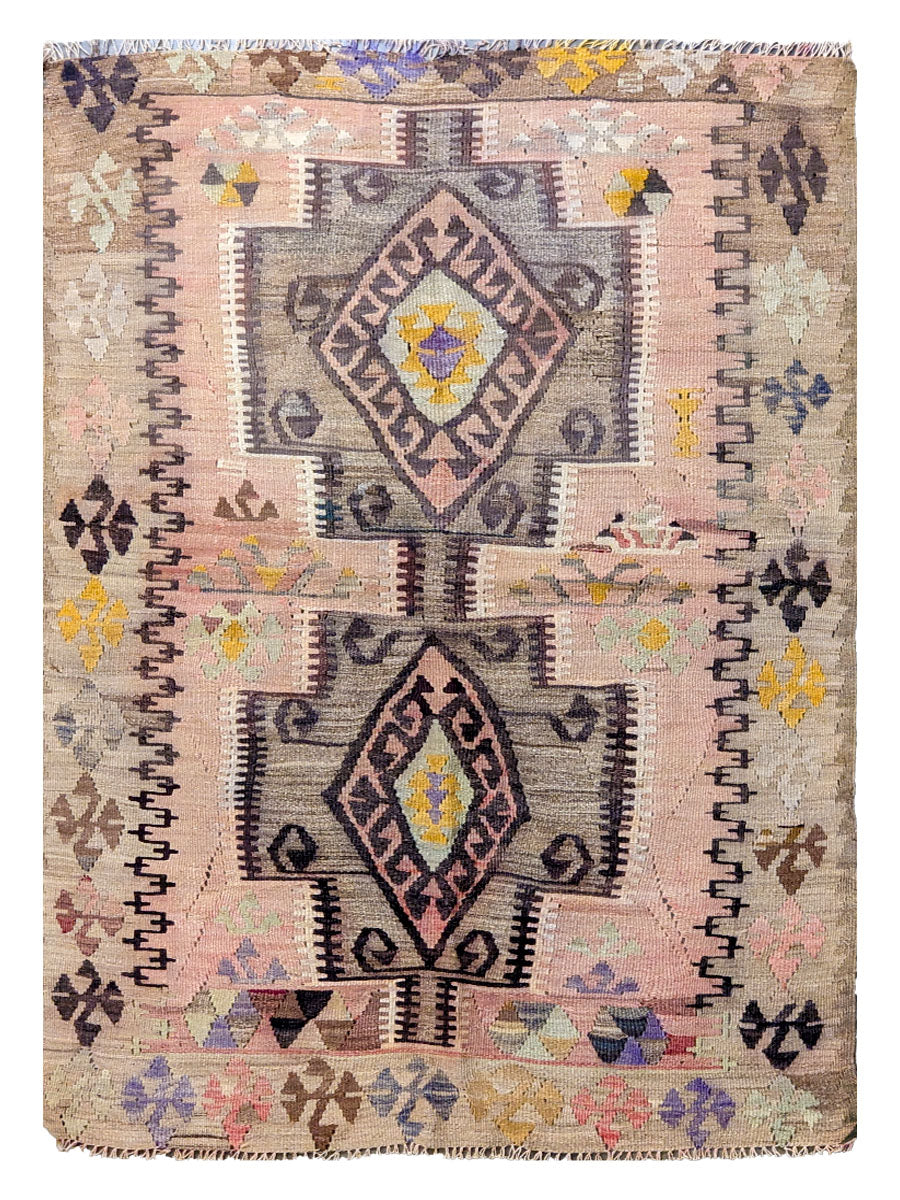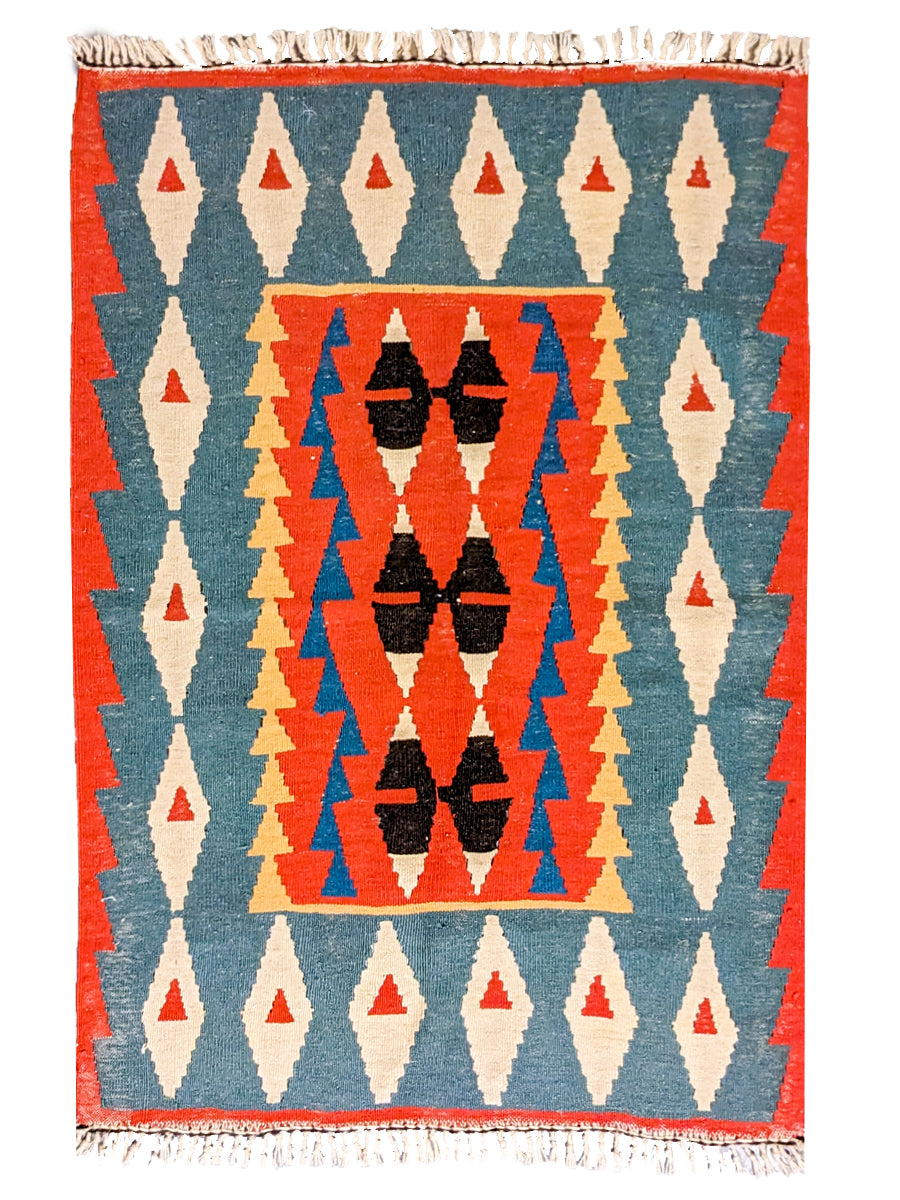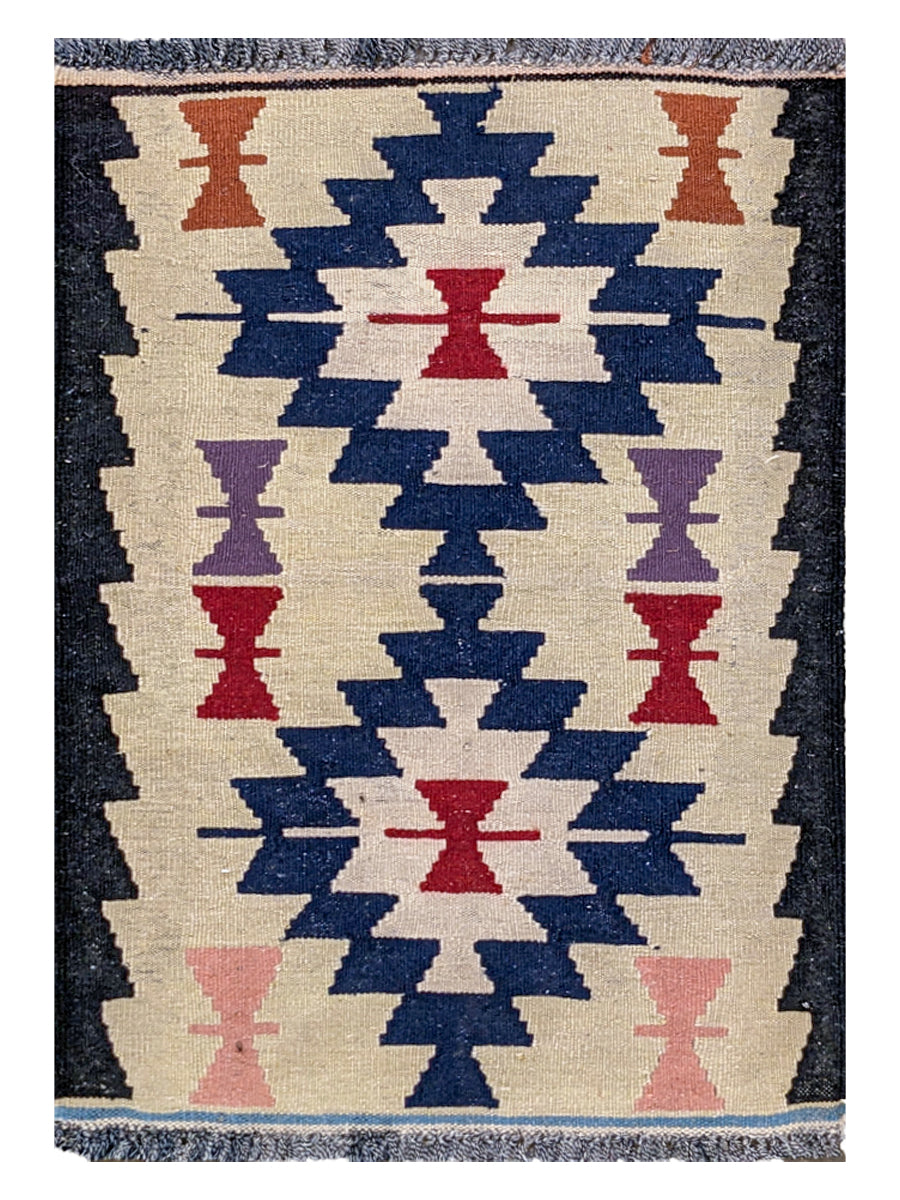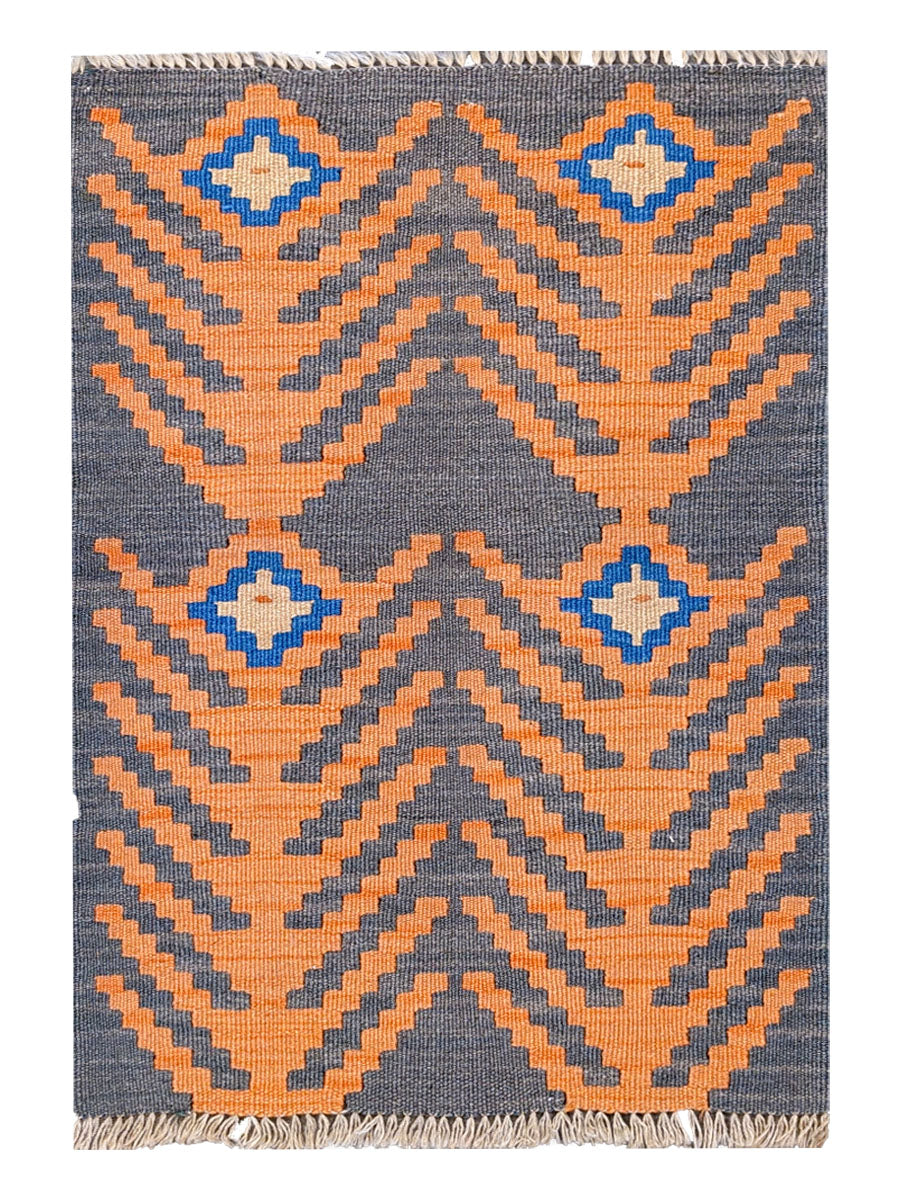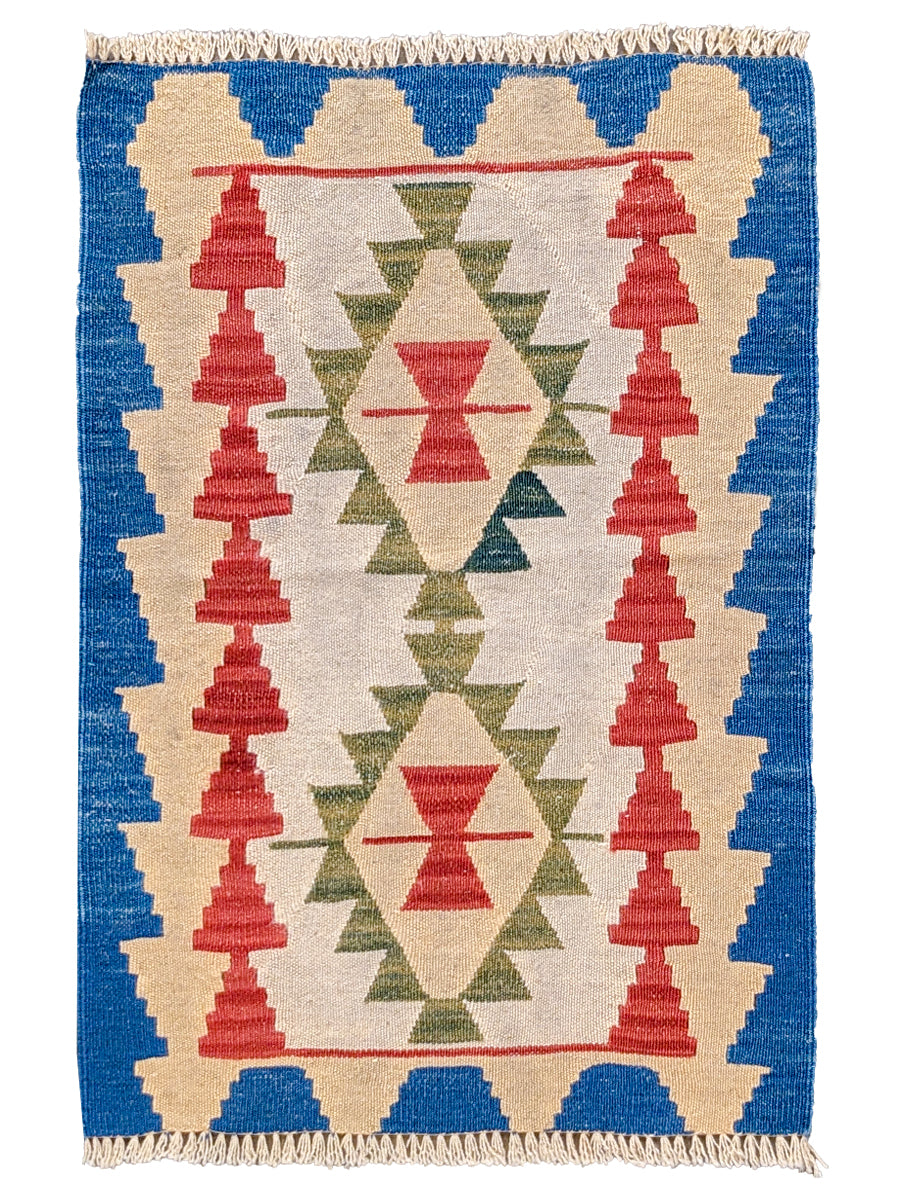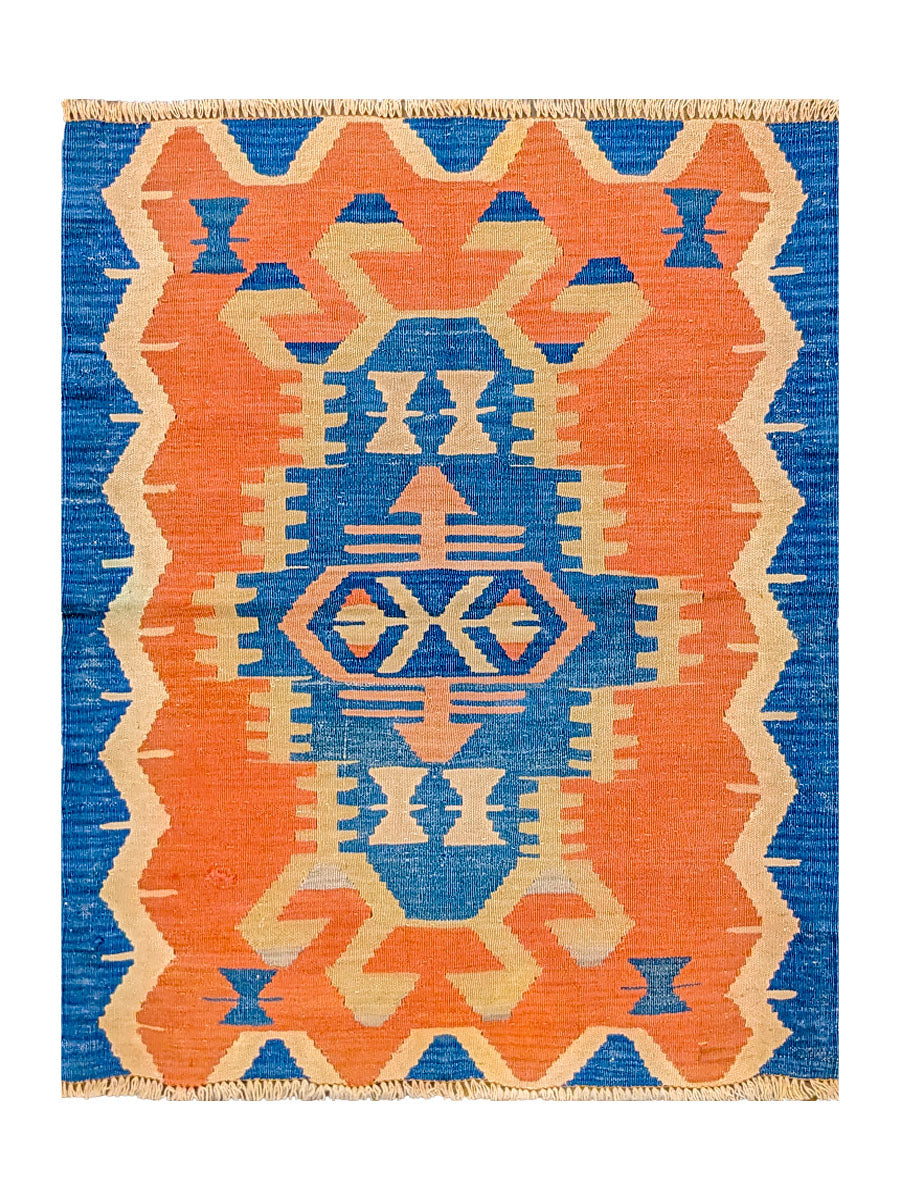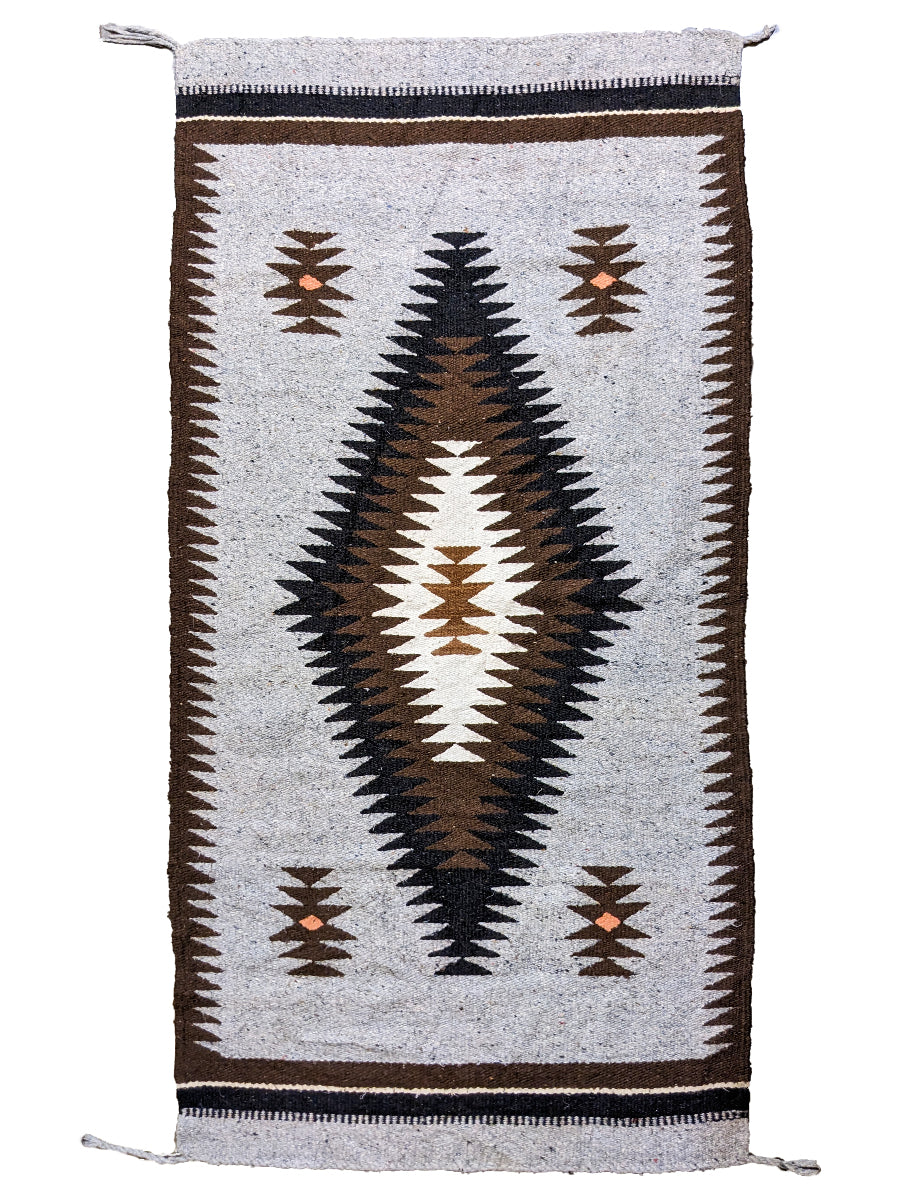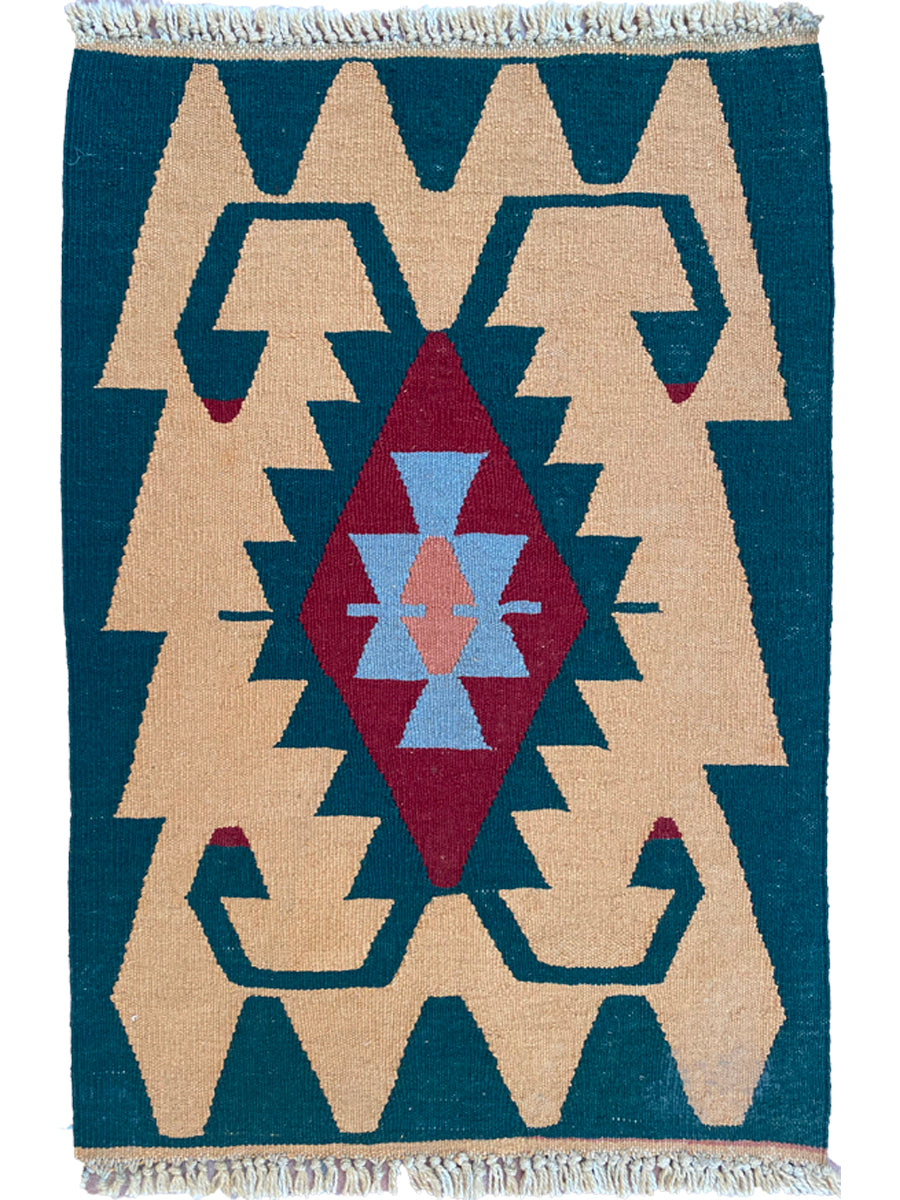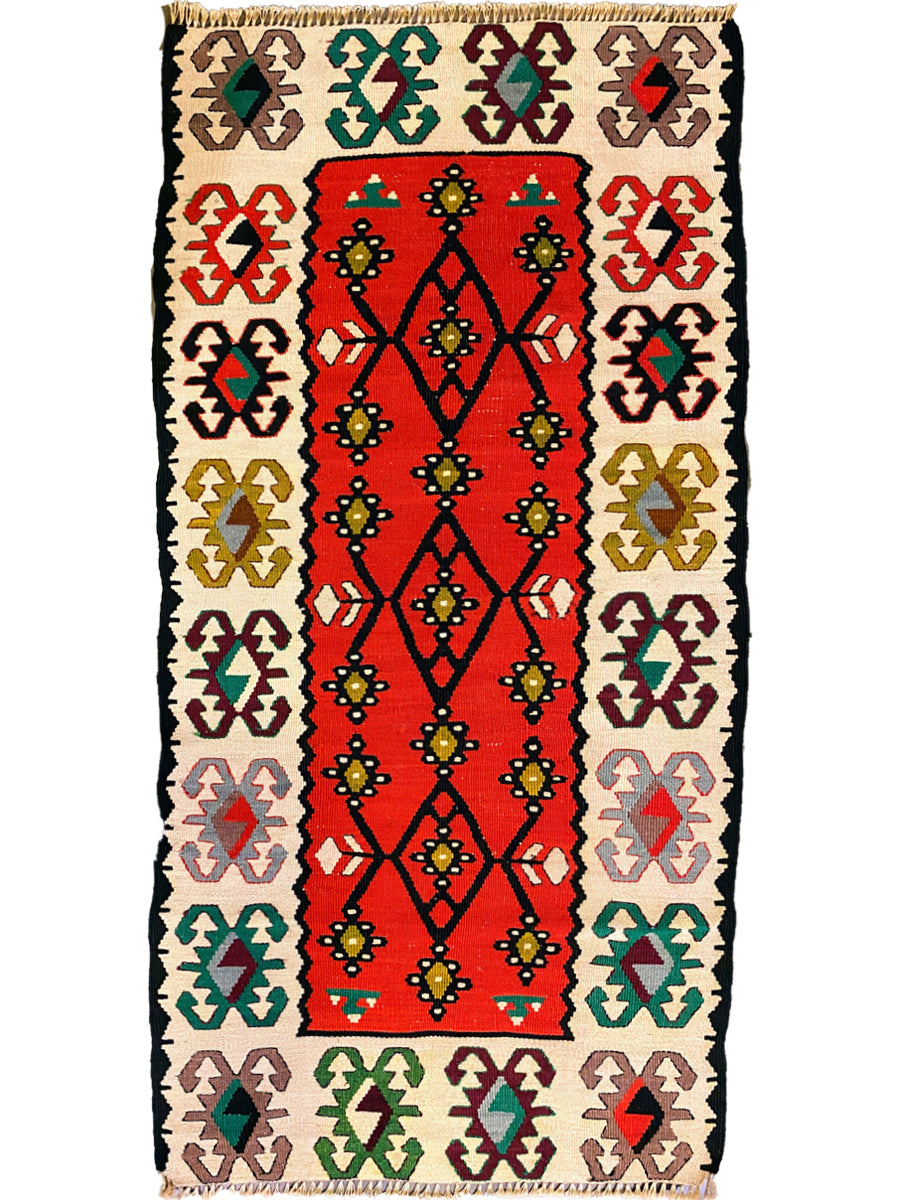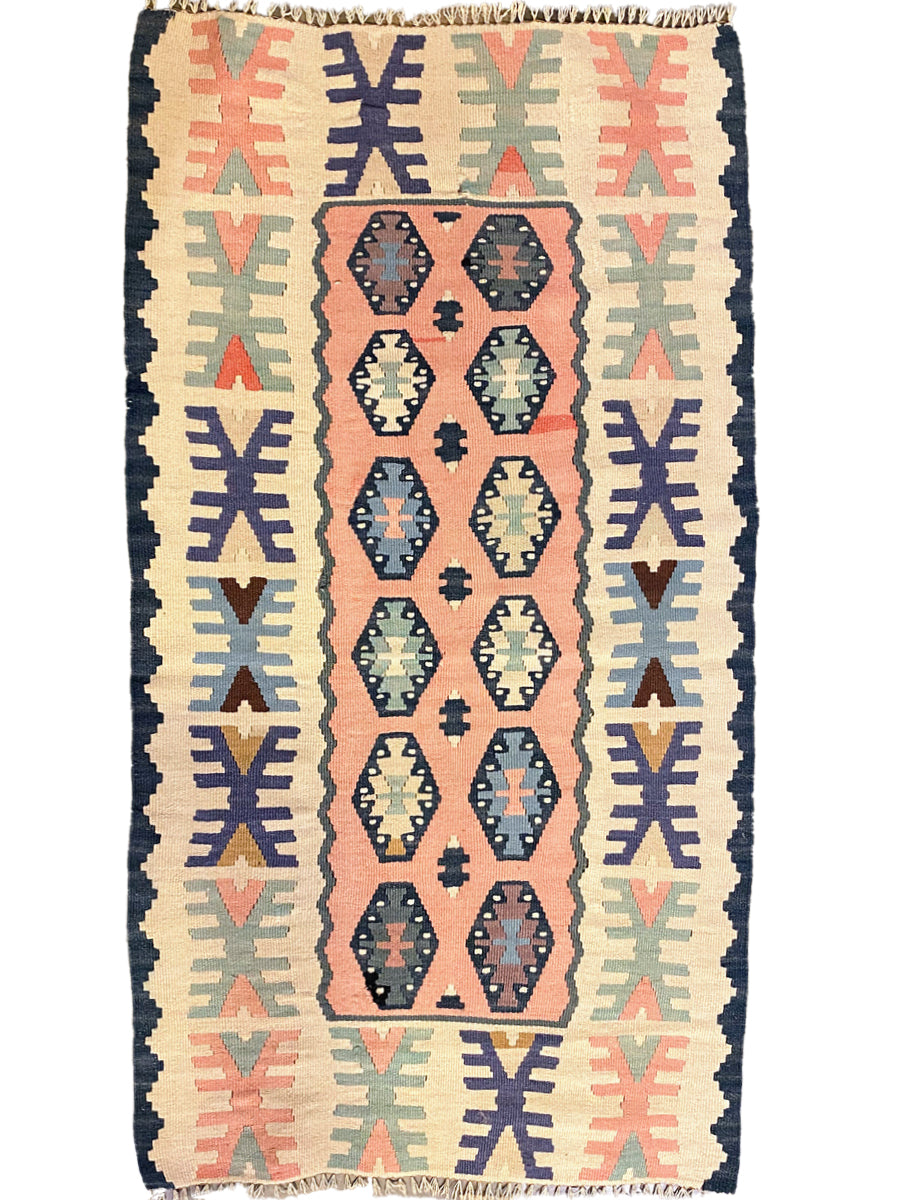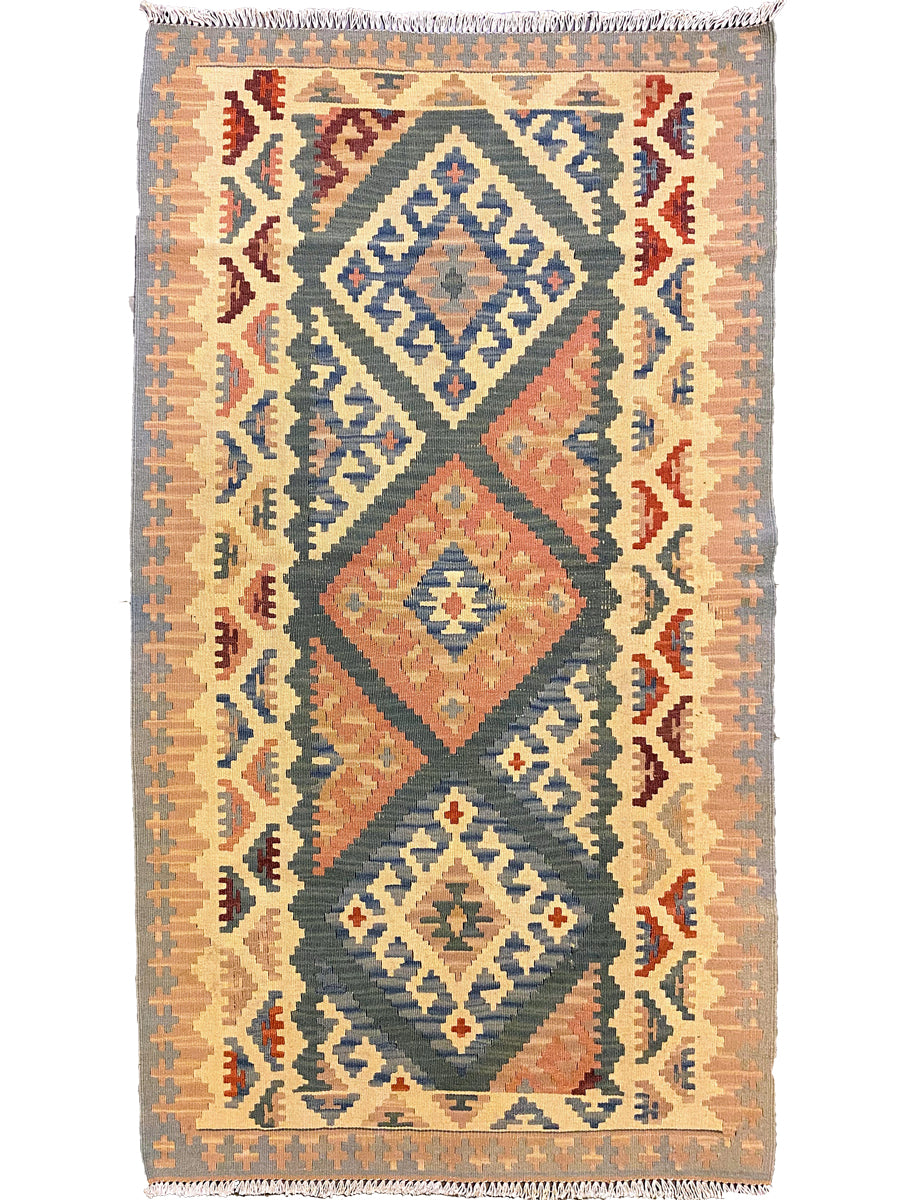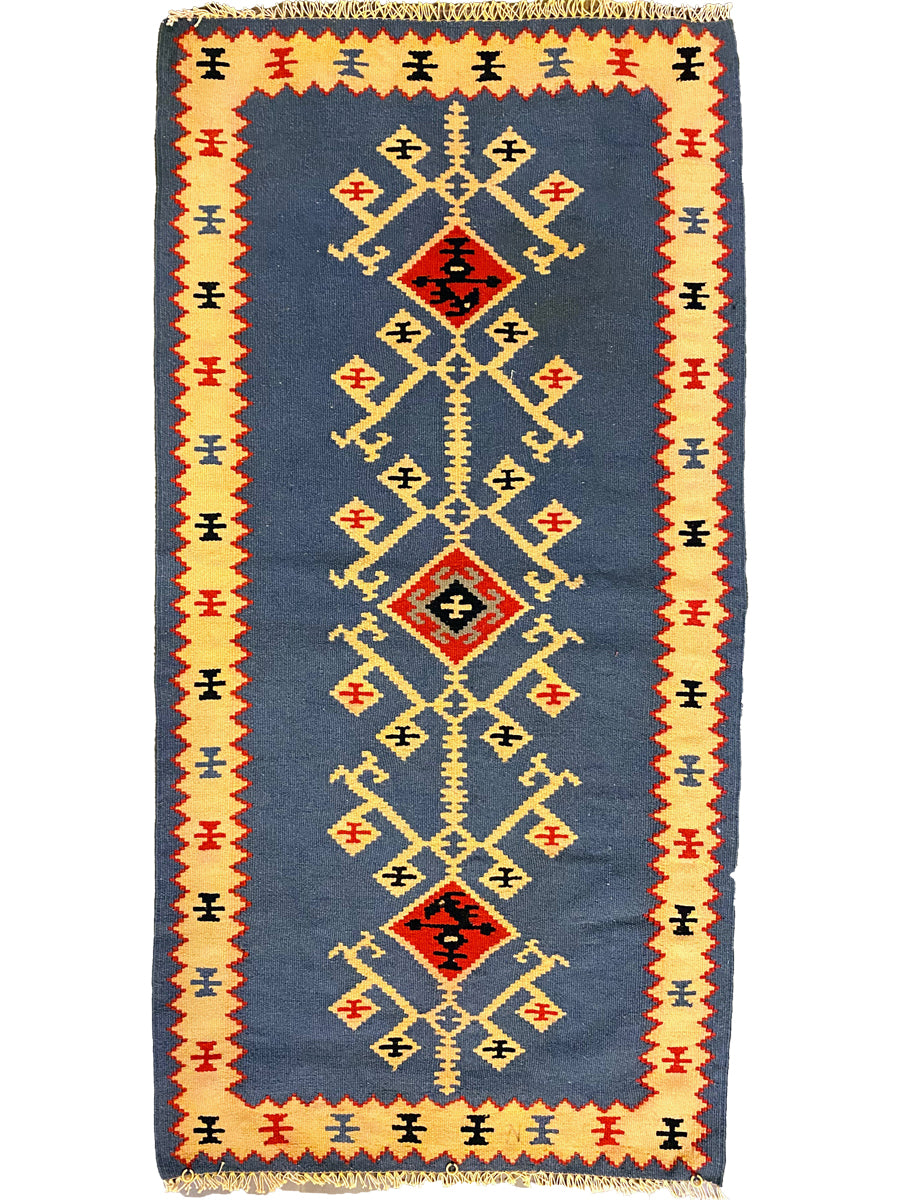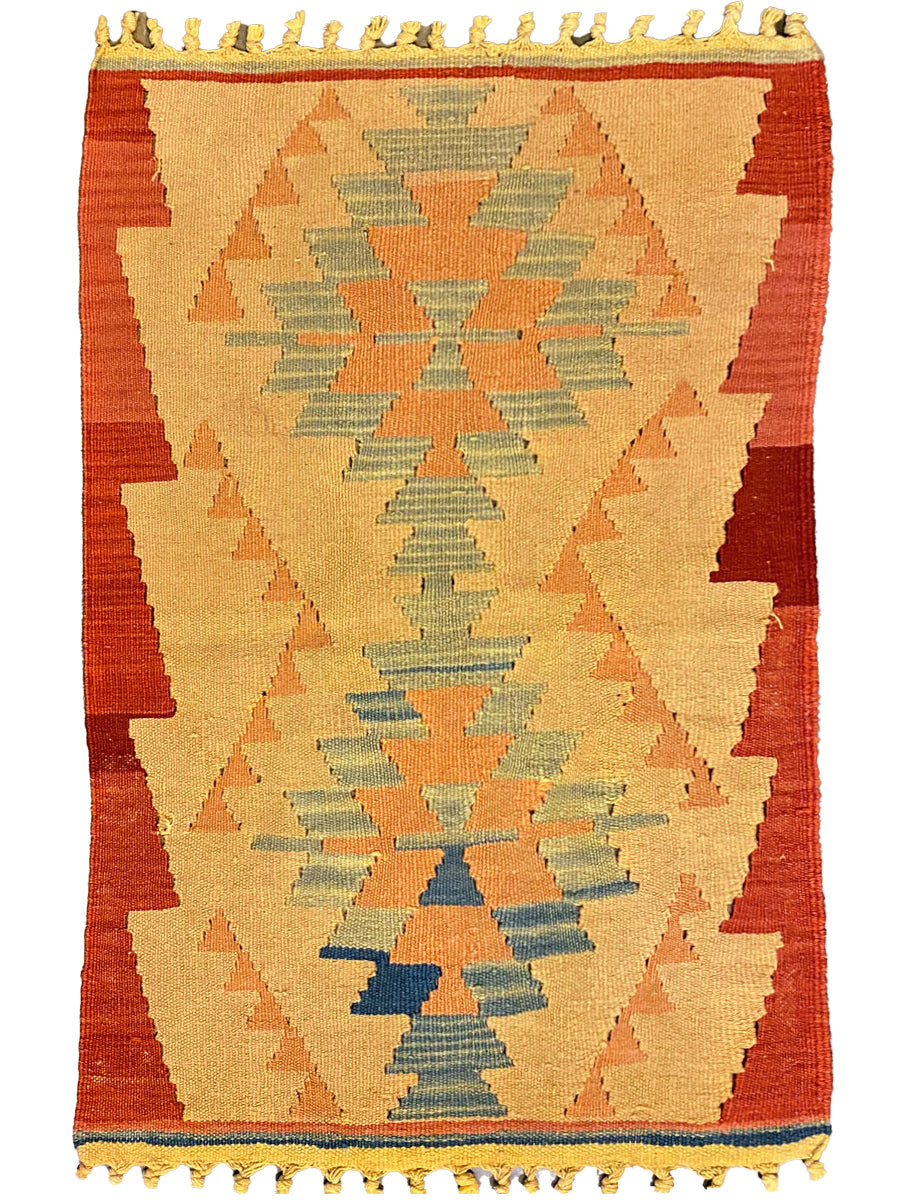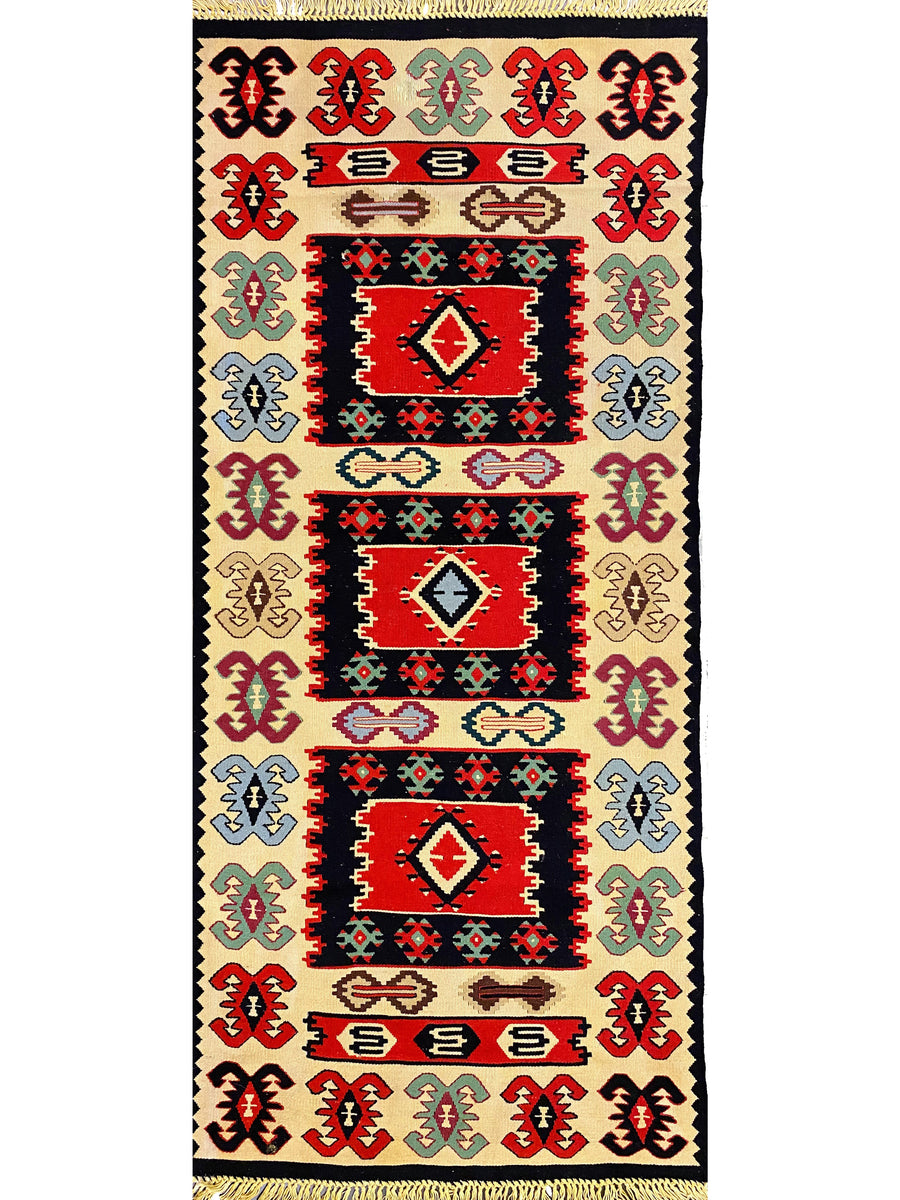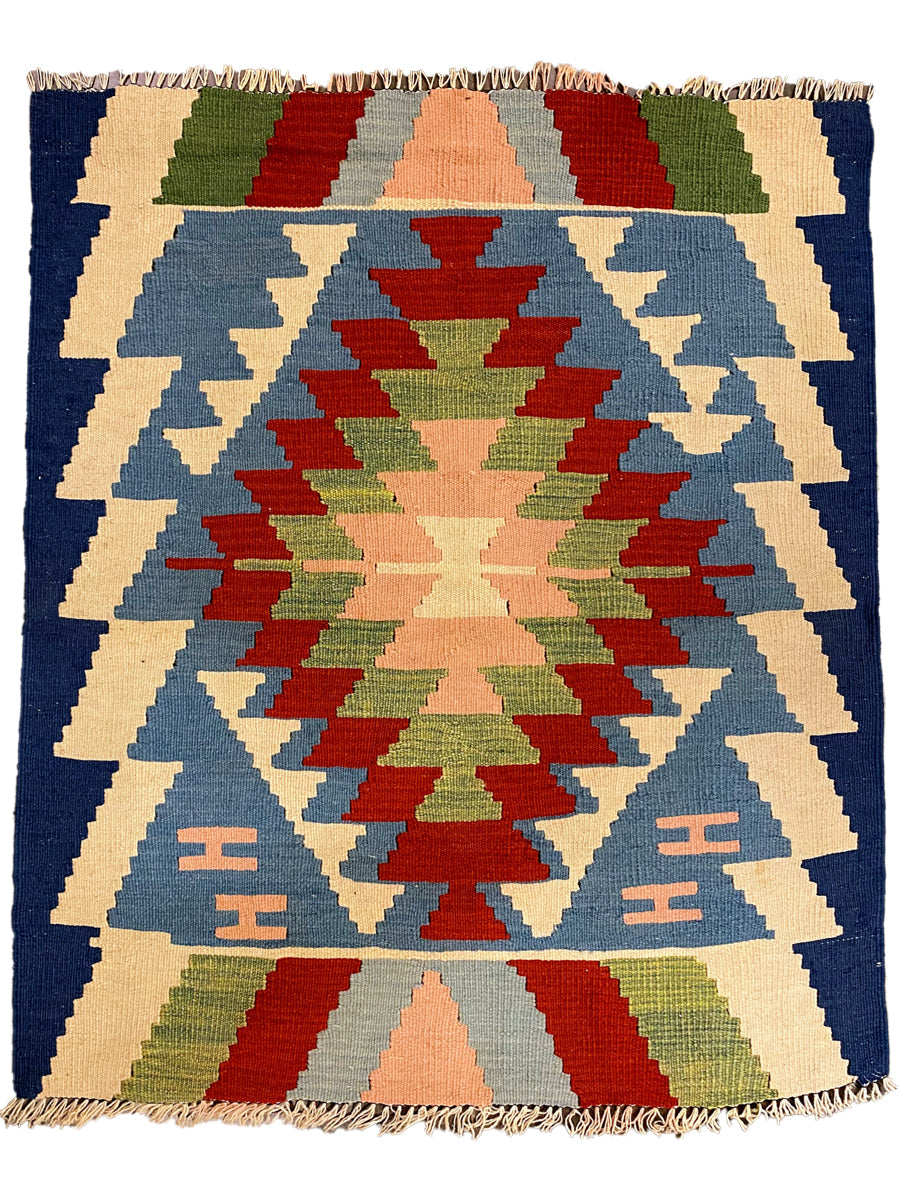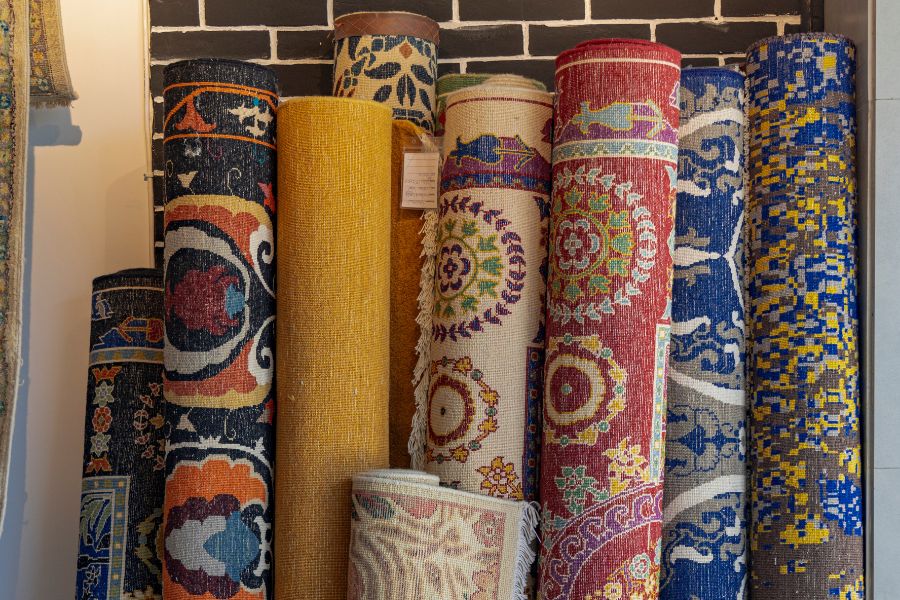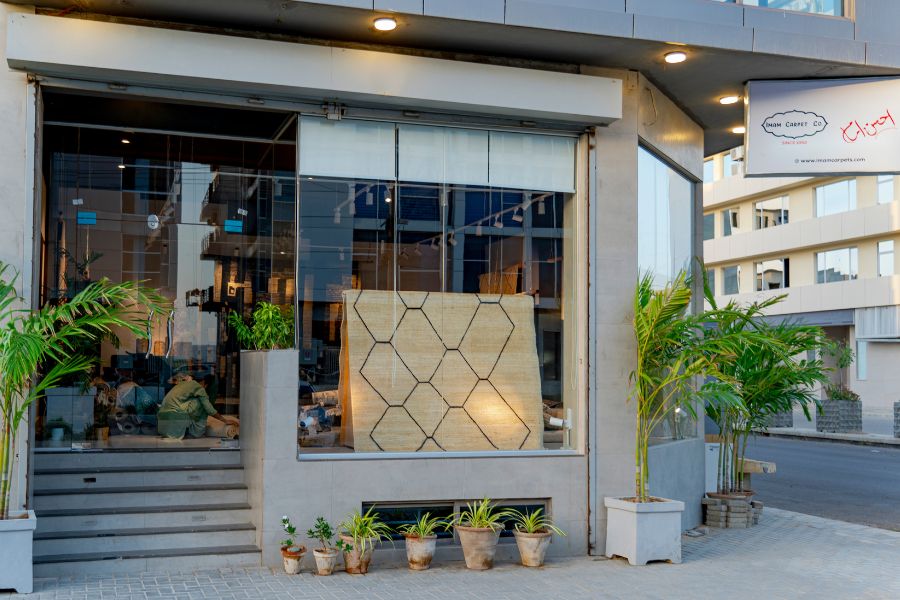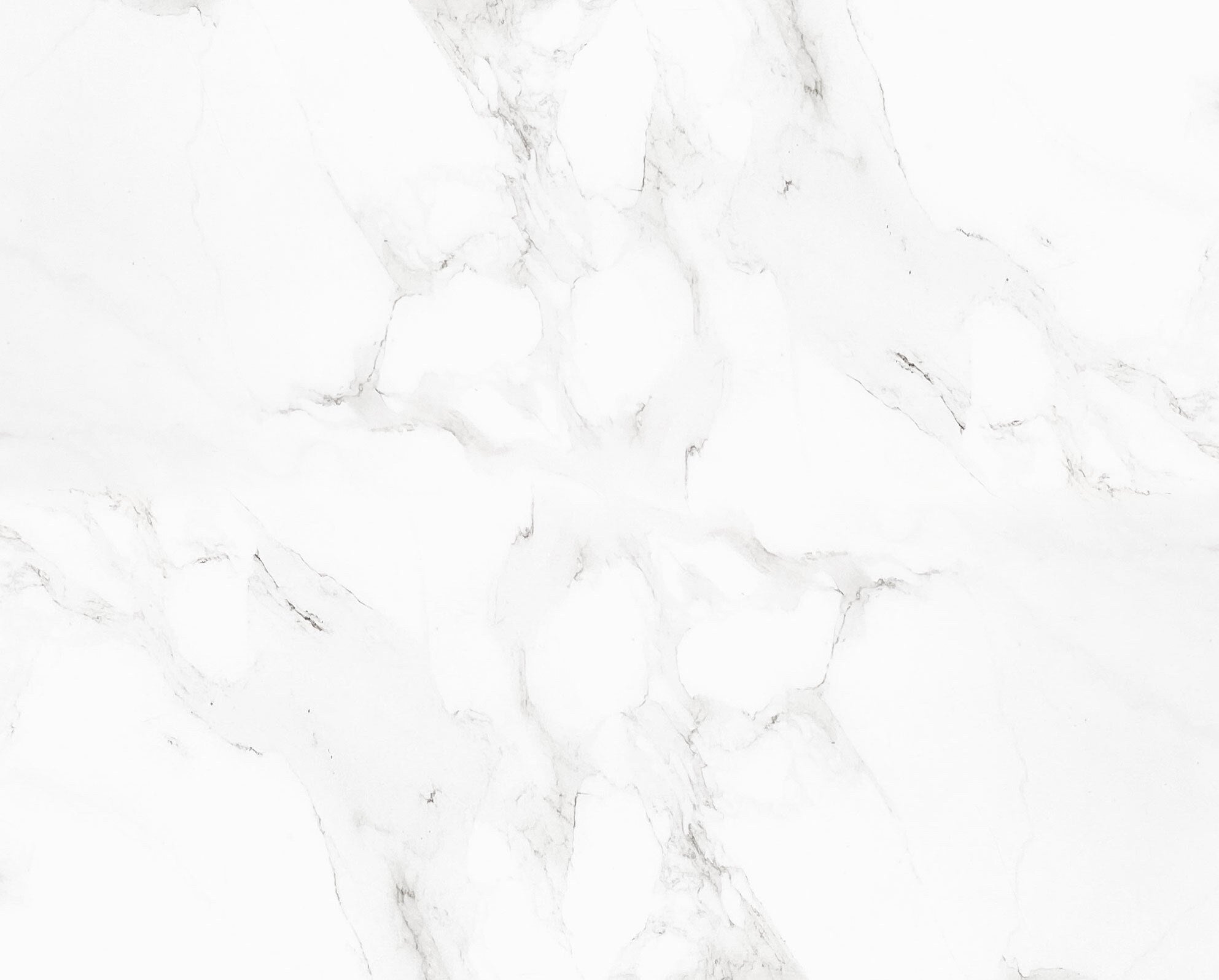What is the difference between a Kilim and a traditional rug?
Kilims are flat-woven textiles, while traditional rugs have a pile or thickness to them. This fundamental difference in weaving techniques gives Kilims their distinctive appearance and lightweight feel.
Are Turkish Kilims suitable for modern interior decor?
Absolutely! Turkish Kilims' timeless designs and vibrant colors make them a perfect addition to modern interior decor. They can be used as striking statement pieces or to add a touch of cultural heritage to any room.
How can I care for my Turkish Kilim?
To maintain the beauty and longevity of your Turkish Kilim, it's essential to vacuum it regularly, rotate it to even out wear, and avoid exposing it to direct sunlight for extended periods. Additionally, professional cleaning is recommended every few years.
What is the significance of the motifs in Turkish Kilims?
The motifs in Turkish Kilims often hold cultural and symbolic meanings. For example, the "eye" motif is believed to protect against evil spirits, while the "tree of life" symbolizes growth and prosperity.
Can Turkish Kilims be used as wall hangings?
Yes, Turkish Kilims are versatile and can be used as decorative wall hangings. They add a touch of elegance and cultural depth to any living space.
Are Turkish Kilims considered a good investment?
Indeed, Turkish Kilims are considered a valuable investment due to their enduring craftsmanship and cultural significance. Over time, their value may appreciate, making them a wise choice for collectors and enthusiasts. Learn more about Buying Rugs.





